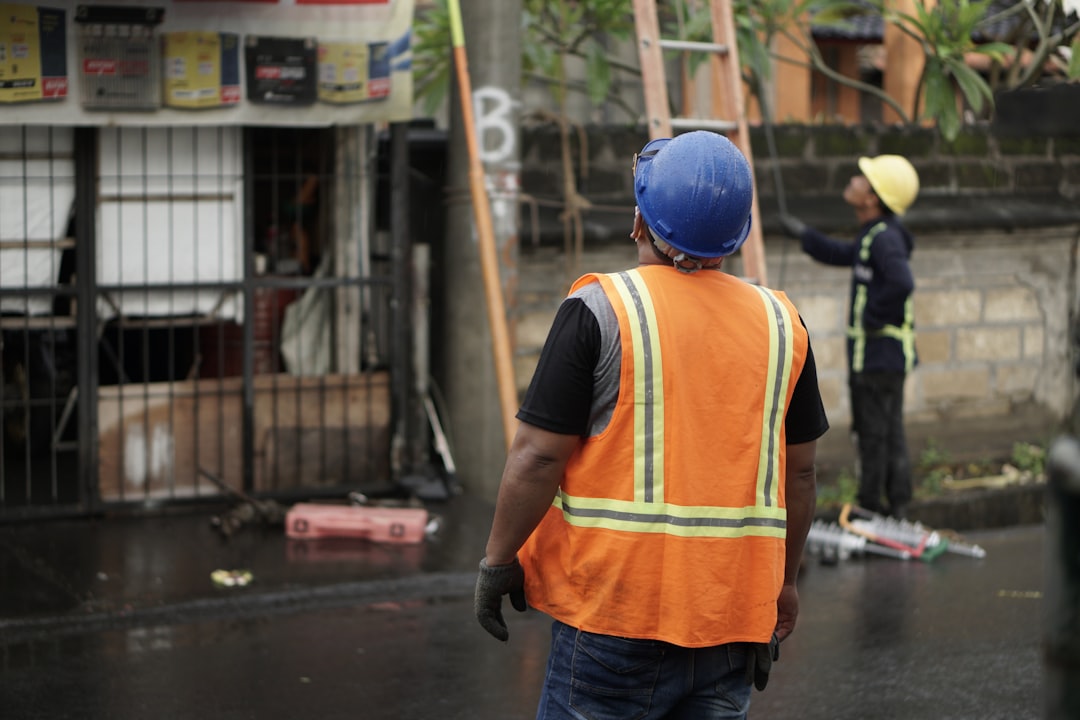
In Los Angeles, capturing rainwater is crucial due to limited rainfall and frequent droughts. Installing rain barrels can save water and reduce utility bills. Costs for installation range from $650-$1200 per opening, depending on the complexity and materials used. CountBricks provides precise AI-driven estimates to help professionals integrate rain harvesting into projects efficiently.
CountBricks offers a comprehensive solution with real-time material pricing and local labor rates. Our platform provides:
Choosing the right barrel involves considering capacity, material, and compliance. CountBricks offers a wide range of options, ensuring you find the perfect fit for your project.
Understanding local regulations is crucial. CountBricks helps navigate permit requirements and tracks rebate opportunities, ensuring compliance and cost savings.
Incorporating rain harvesting systems during the design phase can prevent costly changes later. CountBricks provides BIM-compatible data for seamless integration into architectural plans.
A Silver Lake homeowner used CountBricks to install rain barrels for an ADU, achieving significant water savings and rebate benefits. The project was completed efficiently, with zero municipal water used for landscaping.
CountBricks offers tools and expertise for both contractors and homeowners. Generate estimates, upload plans, and manage projects with ease. Visit CountBricks.com to learn more.

Rain barrels are just the beginning. CountBricks helps scale water management systems, from single barrels to full cistern fields and gray-water reuse, maintaining cost transparency throughout.
CountBricks collaborated on a new build, planning for future cistern installation. The project was executed seamlessly, allowing for easy expansion.
CountBricks offers maintenance packages to ensure system efficiency, including filter replacements and sediment flushes. Subscribers benefit from increased capture efficiency and reduced downtime.
Prepare for California's unpredictable water future with CountBricks. Design, estimate, and install reliable rain barrels with a growth path for tomorrow. Visit CountBricks.com to explore options.